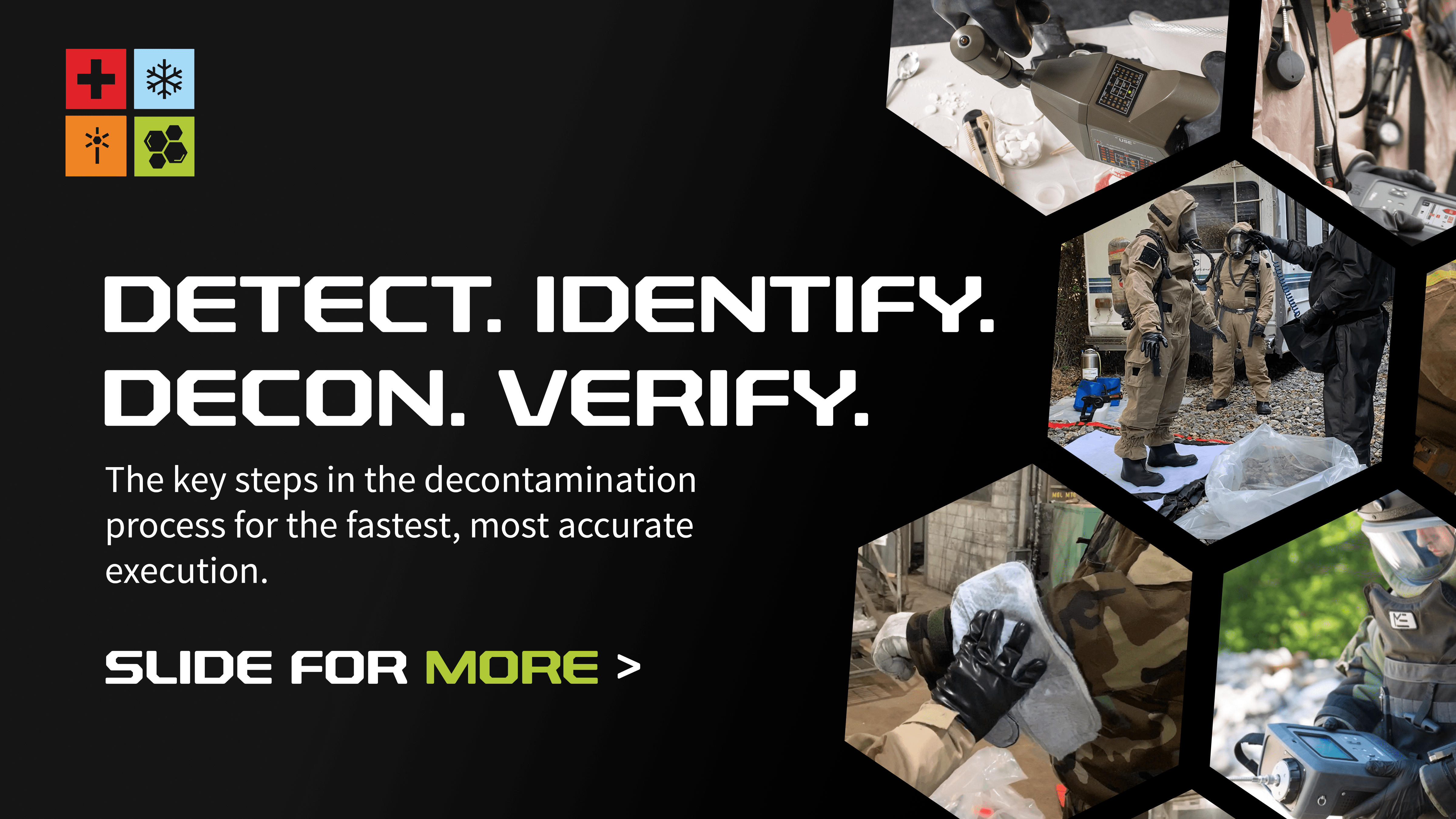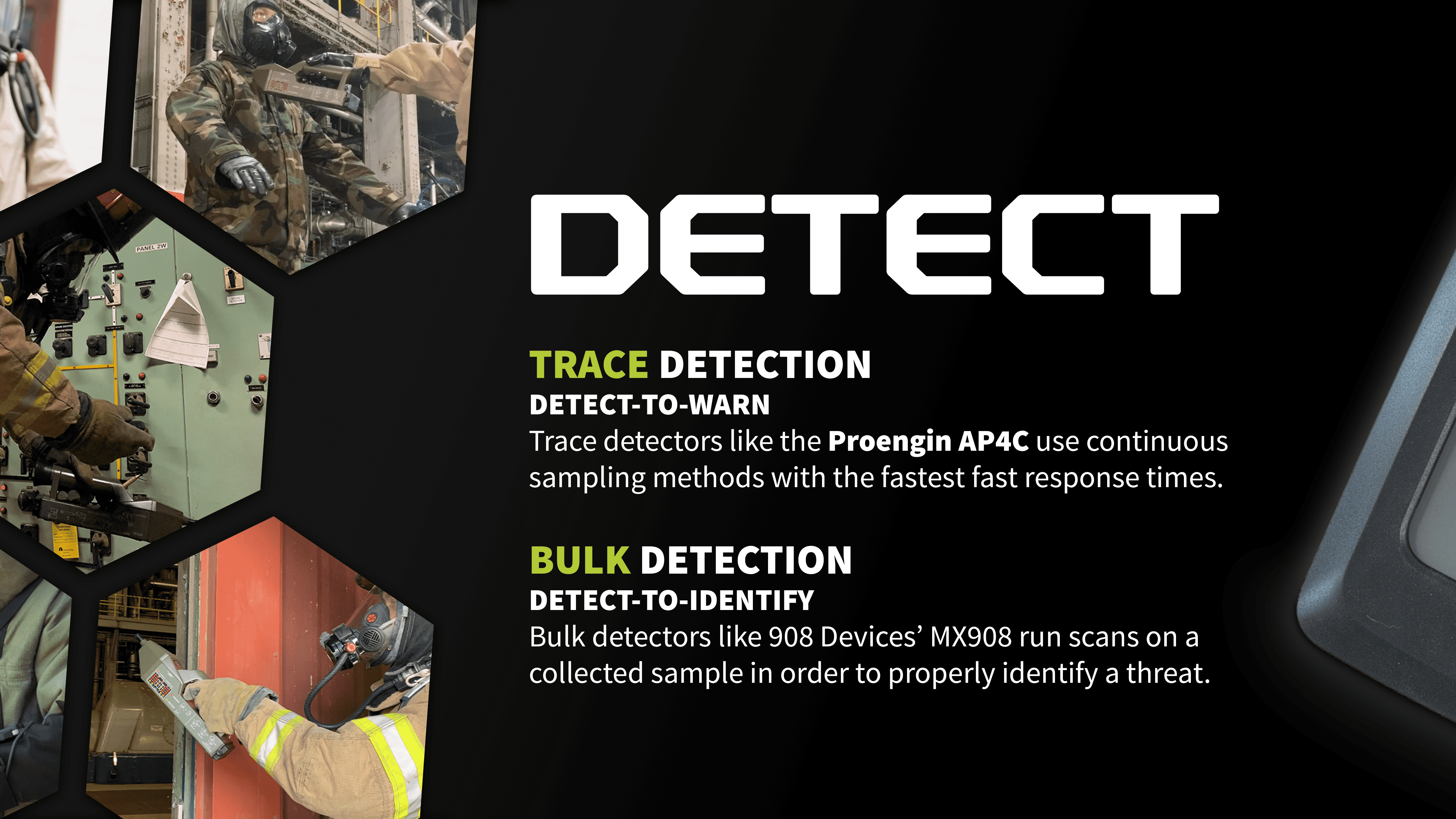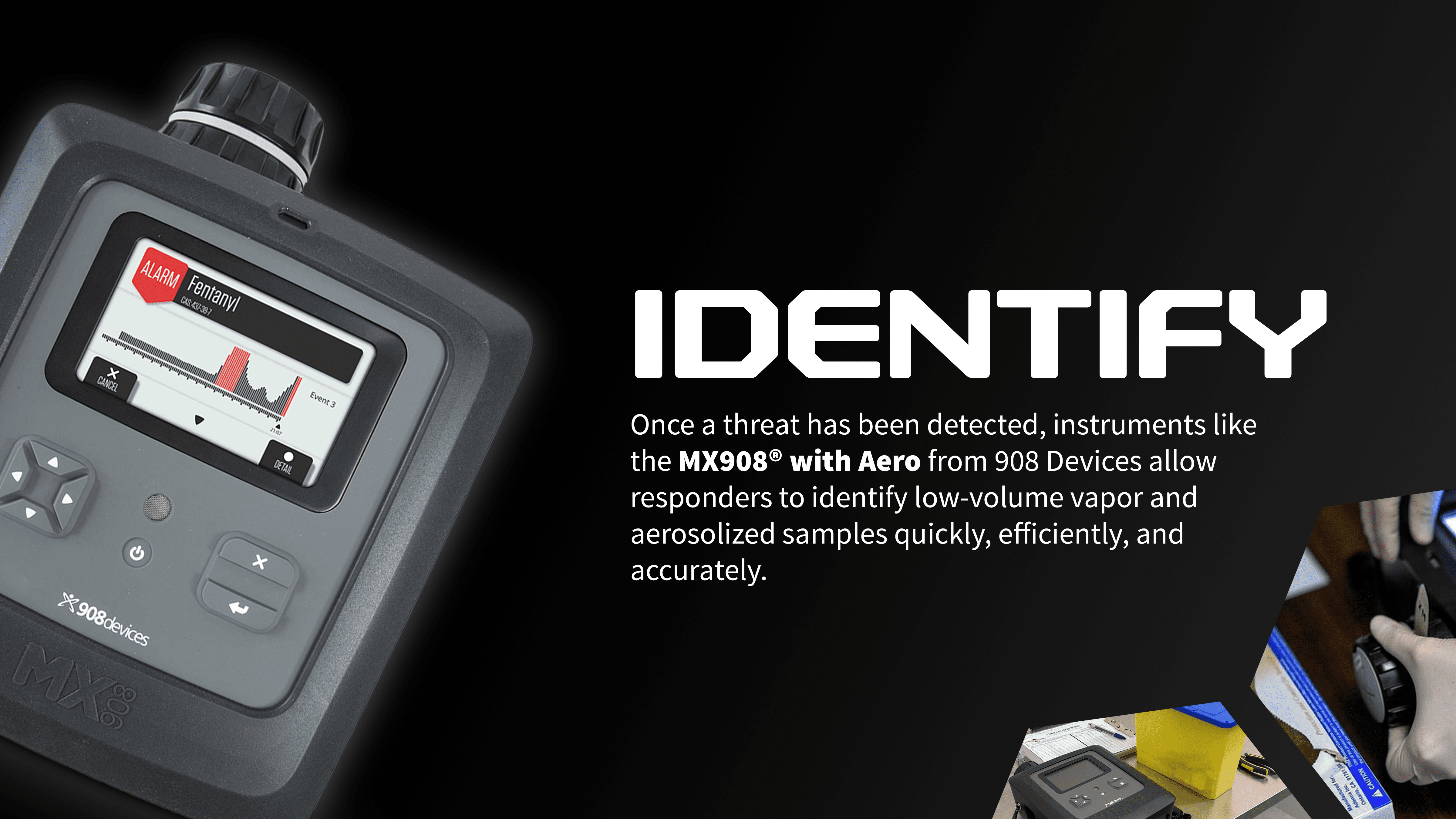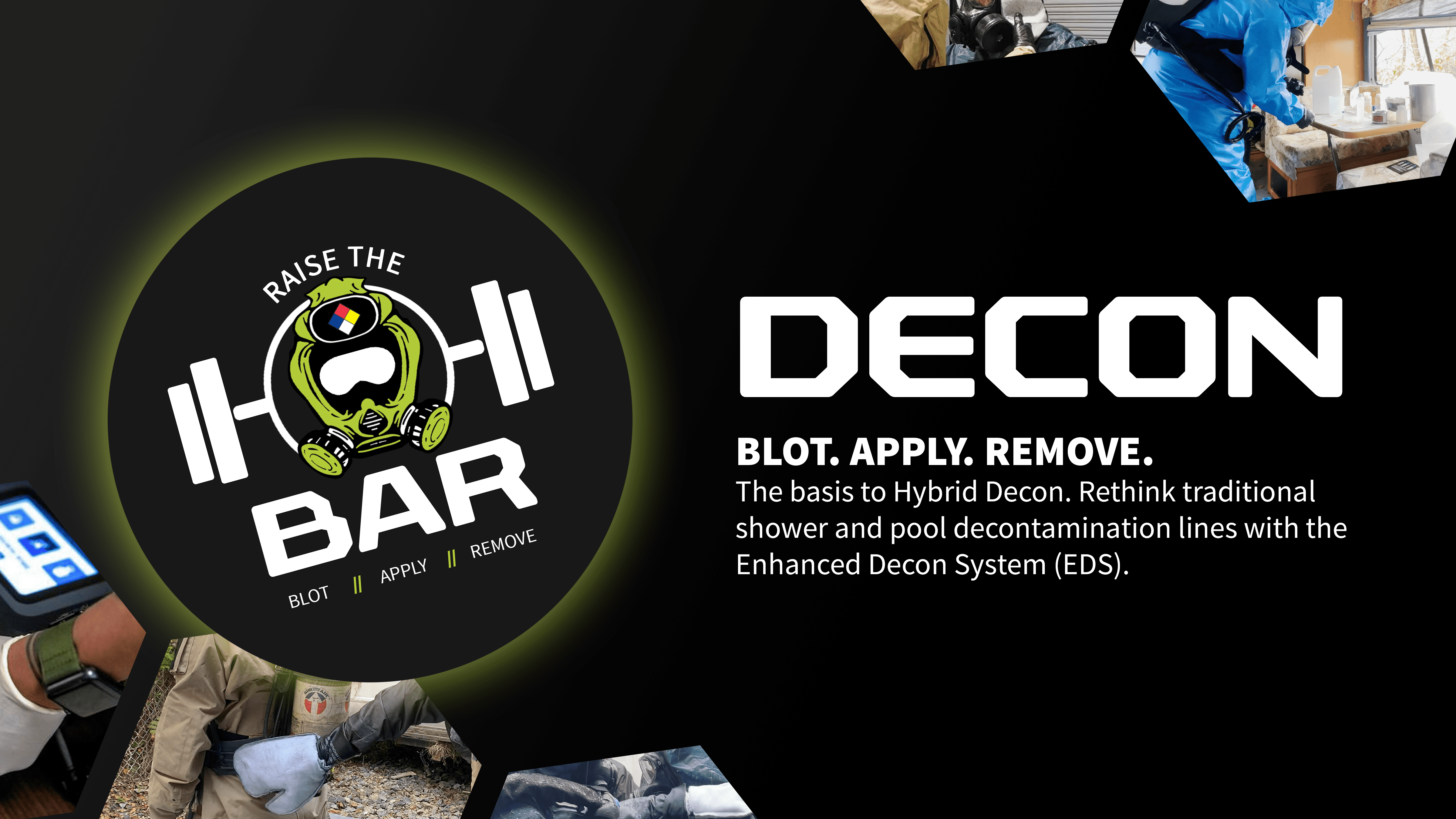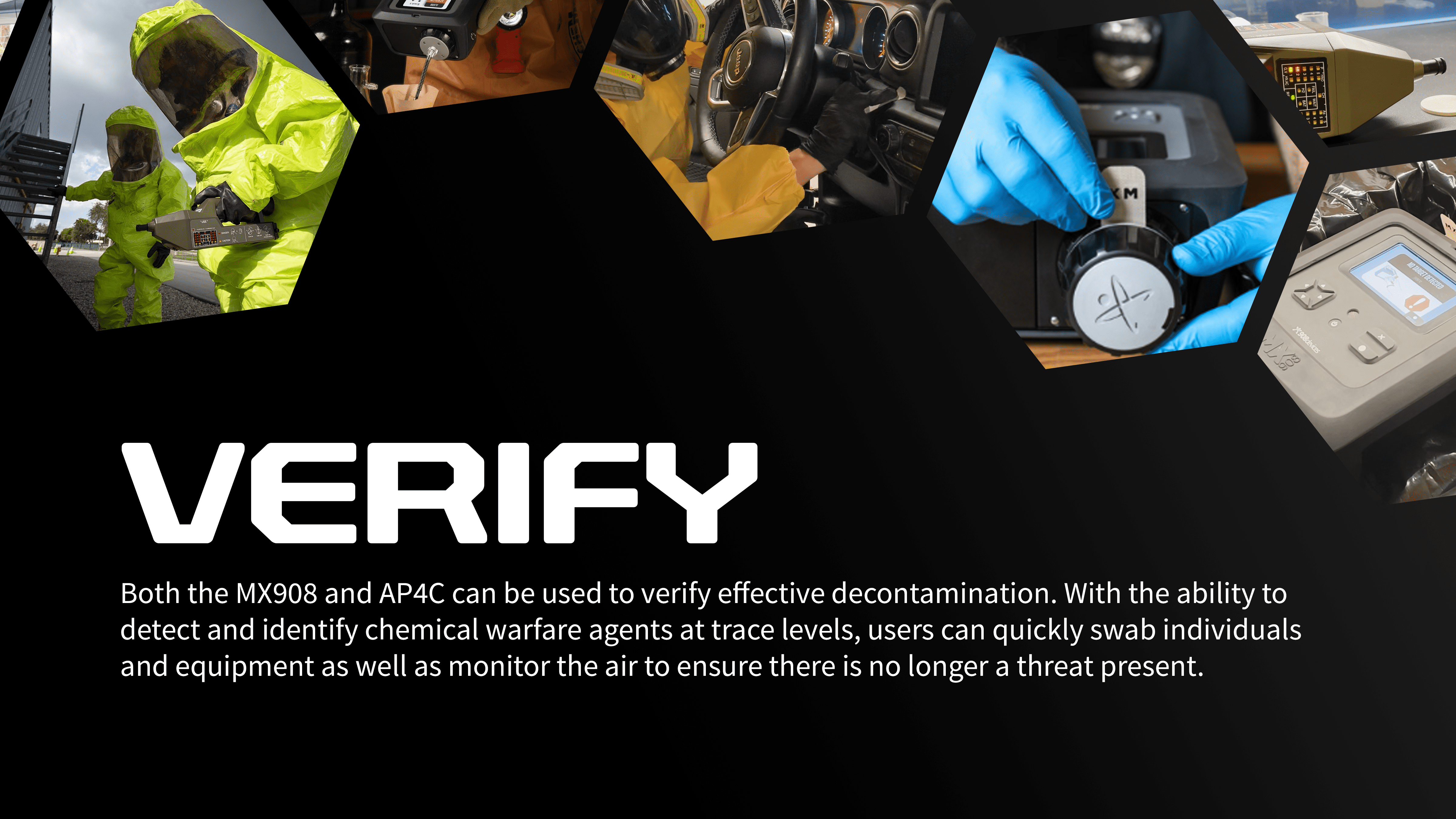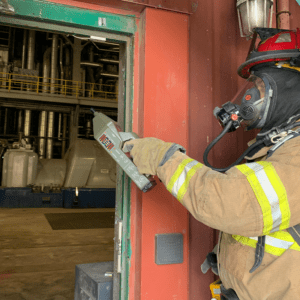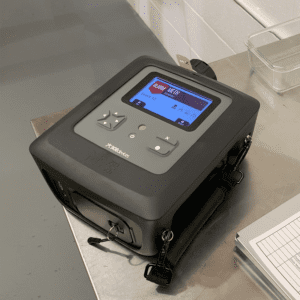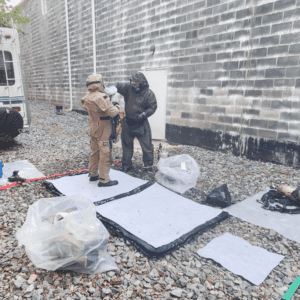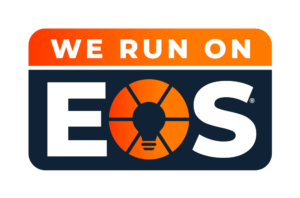We Can’t Fight World War III Threats with World War I Technologies: Detect, Identify, Decon, Verify.
April 18, 2022
Last month, NATO Secretary-General Jens Stoltenberg said that Russia “was inventing false pretexts to justify what could not be justified”, alluding to the use of chemical and nuclear weapons against Ukraine. With the narrative that Russia could be plotting to use deadly weapons on the battlefield, it is important to evaluate the effectiveness of modern-day response strategies, tactics, and technologies. Modern chemical weapons are deadlier, harder to detect, and more persistent than 100 years ago. Unlike the WWI era, today we have innovative technologies to Detect, Identify, Decon, and Verify.
Detection
While chemical warfare agents have been a known threat since the first World War, detection capabilities have not always been a simple process. Historical methods include detection paint, paper, and crayons that relied heavily on bulk amounts of contaminant sparking a reaction with the indicator, a process that often led to false positives and required significant amounts of time (minutes).
Detection equipment is usually broken into two main categories: trace and bulk detection. Trace detection is focused on detect-to-warn and detect-to-protect. Its focus is to find the chemical source and to determine concentration levels to assess the situation. Trace detection is complemented with bulk detection methods which are focused on detect-to-identify, so validation of the threat and verification of the information from the trace detectors. Trace detectors are often continuous sampling methods with fast response times of seconds to tens of seconds. This response is important for finding sources, especially when its location is unknown or uncertain. Trace detectors are often easy to carry and hold and can be attached directly to gear or held with straps. Bulk detection methods involve detection equipment that runs scans on a collected sample which is needed to properly identify. As such these detectors often take minutes to tens of minutes in order to run a full scan in order to collect sufficient information to fully identify materials. They are often complex to operate and involve specialized training and a trained operator to use due to the many features and capabilities of the system.
As detection is the initial step in response, it is important to have the right tools to know exactly what you’re facing. Flame spectrophotometers, like Proengin’s AP4C, are an excellent example of technology used to detect threats in a “Hot Zone”. The AP4C is able to detect chemicals in gas, aerosol, liquid, and solid phases at trace levels before they become deadly as long as the materials contain the elements phosphorous, sulfur, nitrogen, or arsenic. The use of elemental analysis for detection allows for the expansion of threats measured to range from toxic industrial chemicals to traditional chemical warfare agents as well as those non-traditional agents like Novichoks and pharmaceuticals. With the AP4C, the entire detection process is completely automatic and has the shortest recovery time even after being exposed to high concentration of chemicals. The AP4C is a continuous sampling device that updates every two seconds, providing essential information on threats and their concentration levels. This information is used for finding source materials, delineating safety zones and for validating proper decon. The AP4C is sensitive down to 2 parts per billion, which is important when dealing with toxic materials and is often complemented with other trace single gas meters to assess important safety factors such as oxygen levels and flammability risks.
Identification
Once a threat has been detected, instruments like the MX908® with Aero from 908 Devices allow responders to identify low-volume vapor and aerosolized samples quickly, efficiently, and accurately. In a scenario where the threat is unknown, the MX908 can eliminate the guess work to know exactly what you may be up against to take immediate action against the threat. With modern chemical weapons it is vital to know exactly what you are dealing with to plan the appropriate protection and decontamination measures. Whereas the Proengin AP4C can detect and quantify threats, the MX908 can detect and identify threats (including A-Series Agents and PBAs) at trace levels in solid, liquid, vapor, and aerosol forms.
Decontamination
Shower and pool decontamination methods have been paramount in most standard operating procedures for the last 100+ years. While traditional methods are still around, they are most often only needed for exposures to corrosive materials or oxidizers. Water-based decon was once considered the gold standard of decon, but science has proven more recently that dry decon and hybrid decon techniques play a much bigger role than previously thought. Traditional water-based decon techniques were time, resource, and personnel heavy while modernized techniques are faster, have a smaller footprint, and produce far less waste. The speed of decontamination is key – the longer a modern chemical weapon remains on a surface the more damage it can cause and the more difficult it is to fully decontaminate.
In the last decade, extensive research and development has been conducted in order to improve the overall decontamination process. For dry decontamination, FiberTect®, a three-layer absorbent material containing activated carbon, has been rated superior by Lawrence Livermore National Laboratories in all testing against 30 comparable products for decontaminating against toxic chemical agents, TICs and TIMs. In 2015, First Line Technology licensed Dahlgren Decon, a three-part high-efficacy decontamination solution, from the United States Navy. Developed to defend warfighters against chemical, biological, and radiological agents, Dahlgren Decon® is proven effective against some of the world’s deadliest threats like VX, Sarin, Mustard, and even Fentanyl. These two products together are the basis of many Hybrid Decon response solutions.
Today, First Line Technology offers a new way to rethink traditional decontamination lines. The Enhanced Decon System, or EDS, replaces shower and pool methods with low-volume, low-logistics, and low-profile features to rapidly decontaminate not only today’s worst threats, but also emerging contaminants that may not yet be widely understood.
Through a process known as Hybrid Decon and using the B-A-R Method, technicians utilizing the EDS are able to Blot away bulk contaminants with FiberTect, Apply reactive decon like Dahlgren Decon, and Remove residual non-toxic waste using FiberTect, or water if available.
The EDS contains all necessary tools like Dahlgren Decon and FiberTect to run a fully functional decontamination line for teams of 24 or more personnel in a package small and light enough to be carried on the back.
Verification
After decontamination is complete, both the MX908 and AP4C can be used to verify effective decontamination. Both the AP4C and the MX908 can rapidly transition between gas and aerosol analysis to their solid and liquid analysis modes of operation making them obvious verification choices. With the ability to detect and identify chemical warfare agents at trace levels, users can quickly swab individuals and equipment as well as monitor the air to ensure there is no longer a threat present.
The growing threat Russia poses in Ukraine and Eastern Europe is just one example of why it is important to be adequately prepared for response against known and emerging threats. Without knowing what you’re up against, it’s nearly impossible to know the best course of action. To learn more about the best tools and techniques to properly Detect, Identify, Decon, Verify, please contact First Line Technology at sales@firstlinetech.com or call +1 (703) 955-7510.
Special thanks to guest contributors Christina Baxter, Proengin CEO Scott Hartley, and 908 Devices Joe Gallo.
